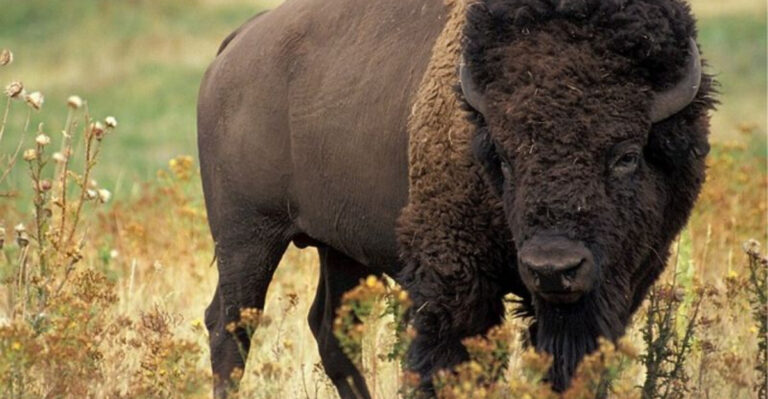World Tapir Day: How These Jungle Oddballs Keep Ecosystems Thriving
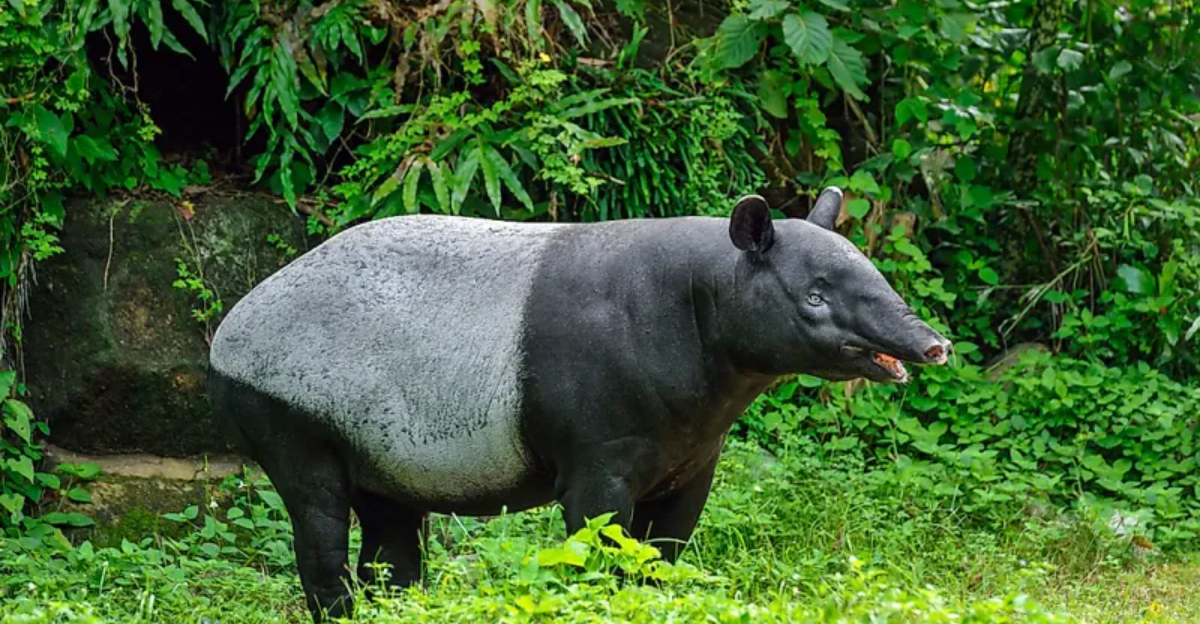
Welcome to World Tapir Day! Today, we celebrate these delightful jungle dwellers who play a crucial role in maintaining the balance of ecosystems.
Tapirs are often overlooked, but they are true unsung heroes of the jungle. With their unique appearance and intriguing behaviors, tapirs contribute to biodiversity and environmental health in fascinating ways.
From seed dispersal to maintaining forest health, here are 12 fun and surprising ways tapirs help keep ecosystems thriving.
1. Tapir Seed Dispersers
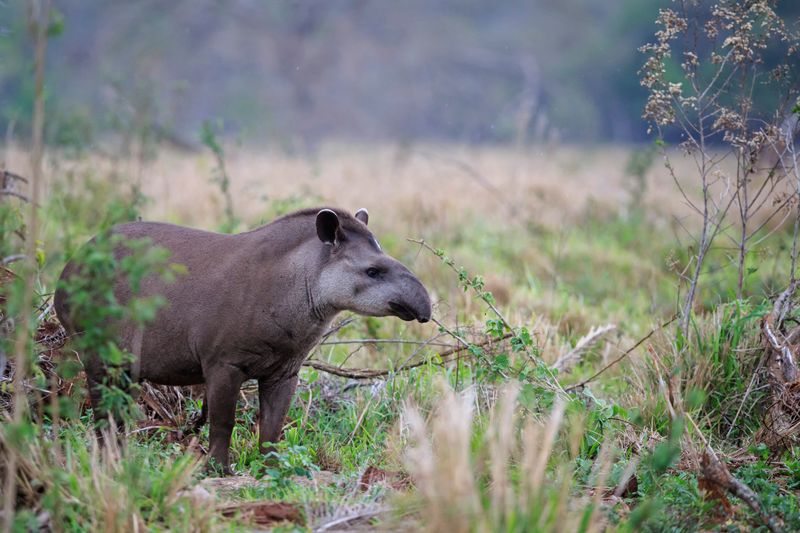
Known as the gardeners of the jungle, tapirs have a knack for dispersing seeds far and wide. As they roam, they scatter seeds in their droppings, helping new plants sprout up in different places.
Each little seed is a gift to the jungle, promoting biodiversity and ensuring the forest remains lush and vibrant.
Isn’t it amazing how a simple snack can turn a tapir into a vital forest gardener? It’s like nature’s way of planting seeds with a gentle touch!
2. Waterway Engineers
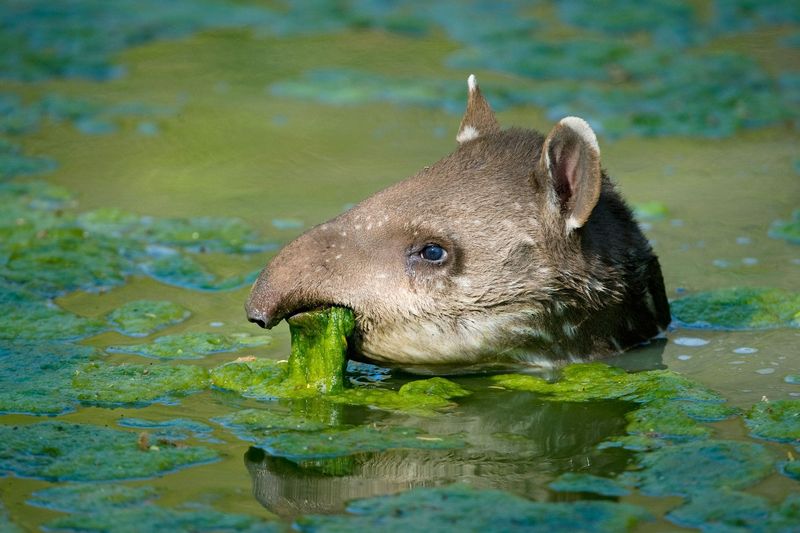
Tapirs love water and are excellent swimmers. As they swim, they create pathways in the water, which can help other animals find their way.
These aquatic adventures also assist in nutrient distribution within the water ecosystems. By creating channels, tapirs aid in maintaining healthy waterways, contributing to the overall health of the jungle.
They’re like gentle giants paving the way for others, ensuring the jungle’s rivers and streams are lively and thriving.
3. Forest Path Creators
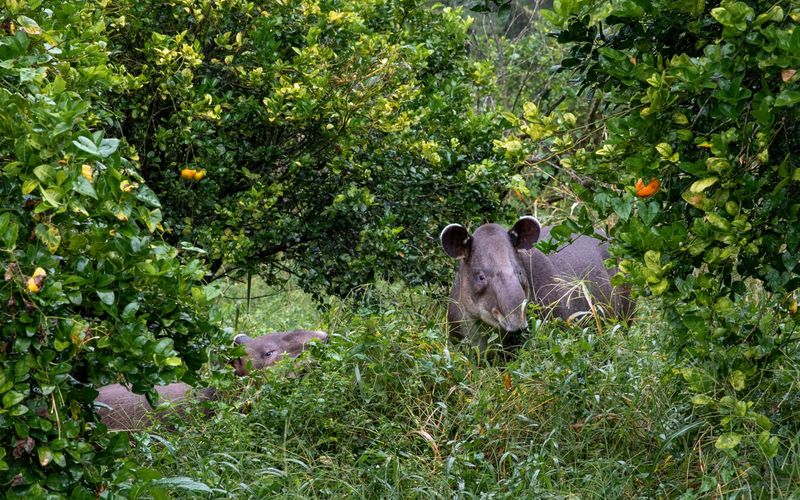
Tapirs are natural trailblazers! These trails are necessary for other animals, providing routes to food and water.
As tapirs carve out these pathways, they open up the jungle for smaller creatures, ensuring safe passage for all.
Tapirs don’t just walk through the jungle – they shape it, leaving behind tracks that others will follow.
4. Soil Fertilizers
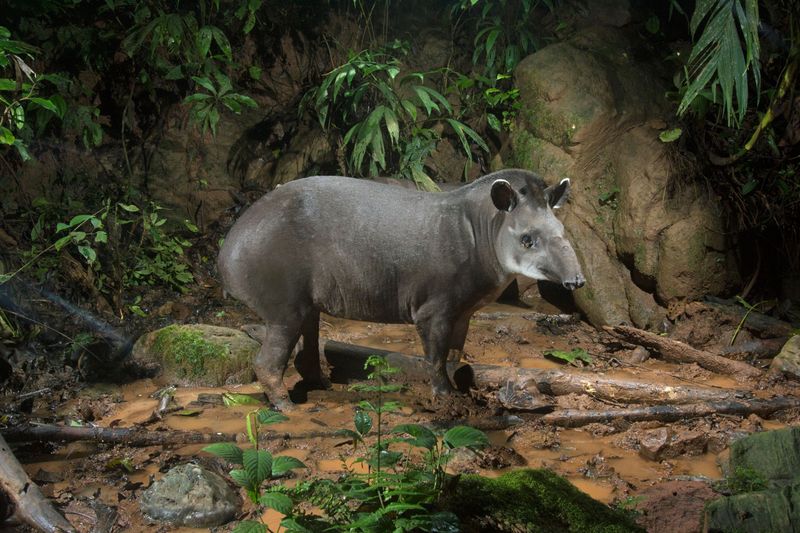
Tapirs play a surprising role as soil fertilizers! Their droppings are rich in nutrients, acting like natural compost.
As tapirs roam and graze, they leave behind these nutrient-packed droppings that enrich the soil. This process supports plant growth, ensuring the jungle remains green and flourishing.
By fertilizing the soil, tapirs contribute to the jungle’s health, promoting robust plant life that supports the entire ecosystem.
5. Biodiversity Boosters
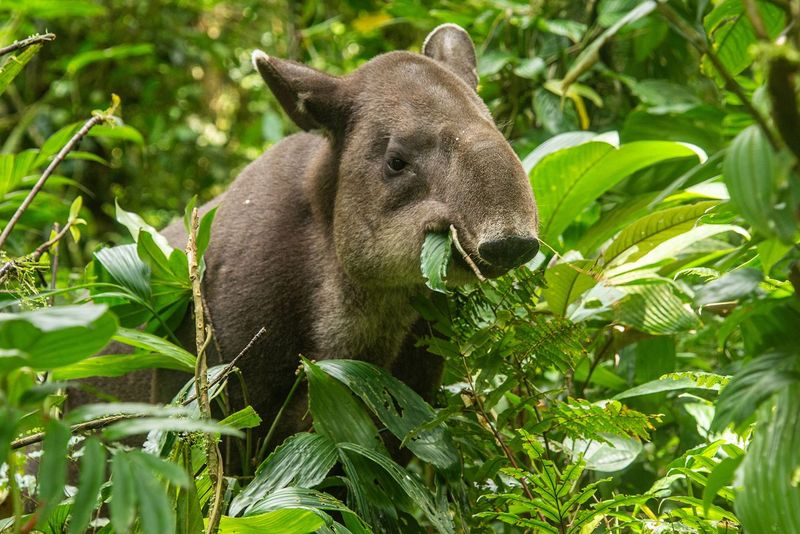
Tapirs are essential in maintaining jungle biodiversity. They interact with various plant and animal species, helping to balance the ecosystem.
By dispersing seeds and creating pathways, they encourage new growth and provide access for other species. This interaction fosters a diverse environment where different creatures can thrive.
Tapirs are like ecosystem caretakers – constantly working behind the scenes to ensure that the jungle remains a rich tapestry of life.
6. Ecosystem Caretakers
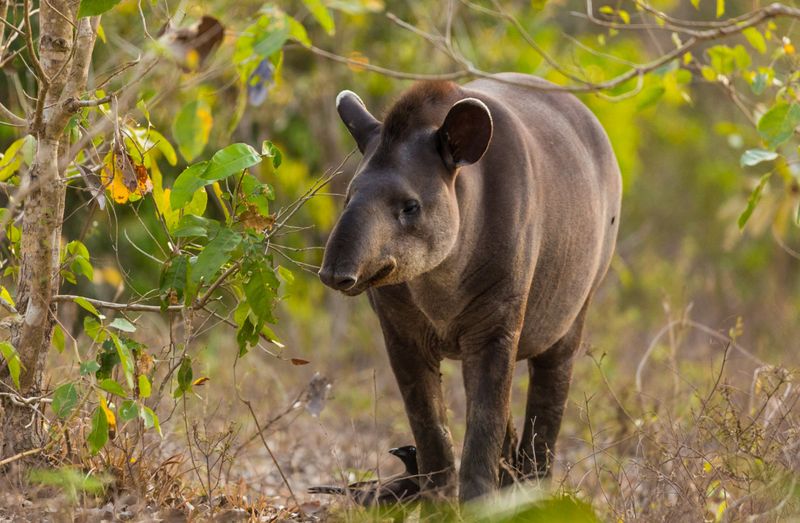
Tapirs are known as ecosystem caretakers, a role they play with quiet determination. Their interactions with both flora and fauna help to maintain ecological balance.
Whether it’s through seed dispersal, creating pathways, or fertilizing the soil, tapirs contribute in meaningful ways.
They act as a bridge between various components of the ecosystem, ensuring that different elements work harmoniously together.
7. Forest Maintenance Workers
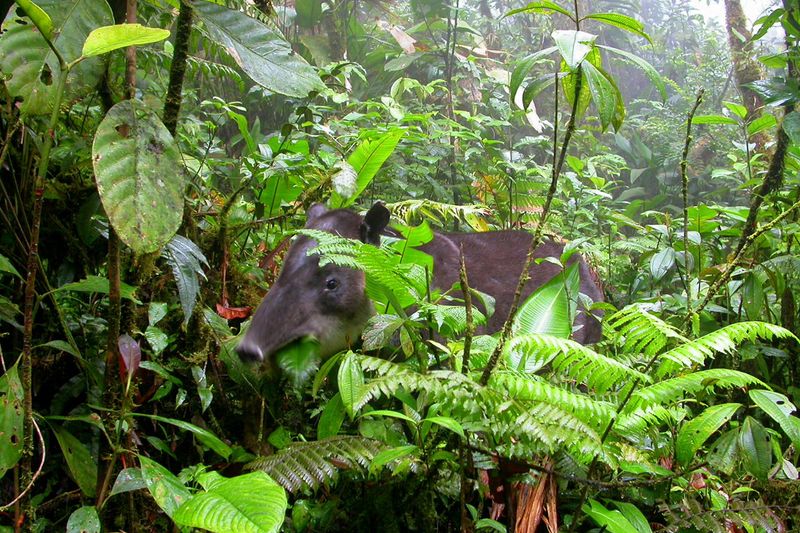
Tapirs have a gentle way of maintaining the forest’s health. Watch as they browse through the jungle, nudging small plants and clearing away leaves.
This seemingly simple act aids in forest maintenance, as it helps to prevent overgrowth and ensures sunlight reaches the forest floor.
Tapirs’ browsing habits contribute to a balanced ecosystem, preventing any one species from dominating. Their actions show how even small behaviors can have a significant impact on the environment.
8. Silent Forest Keepers
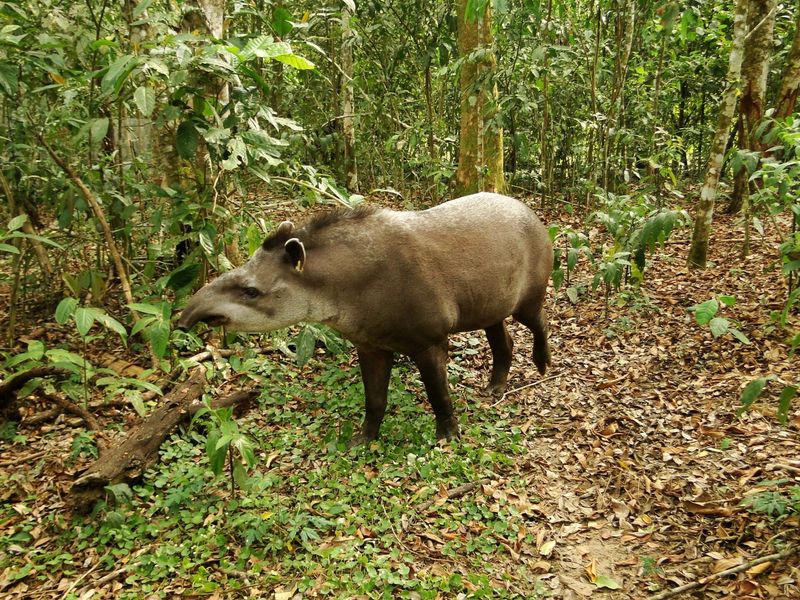
Tapirs are often seen as the silent keepers of the forest. Their quiet presence belies the crucial role they play in maintaining the jungle’s integrity.
With their unobtrusive methods, such as seed dispersal and soil fertilization, they help to uphold the forest’s structure.
Tapirs move gently through their environment, leaving minimal disturbance while supporting the ecosystem. Their quiet vigilance ensures the jungle remains a haven for countless species.
9. Jungle Navigators
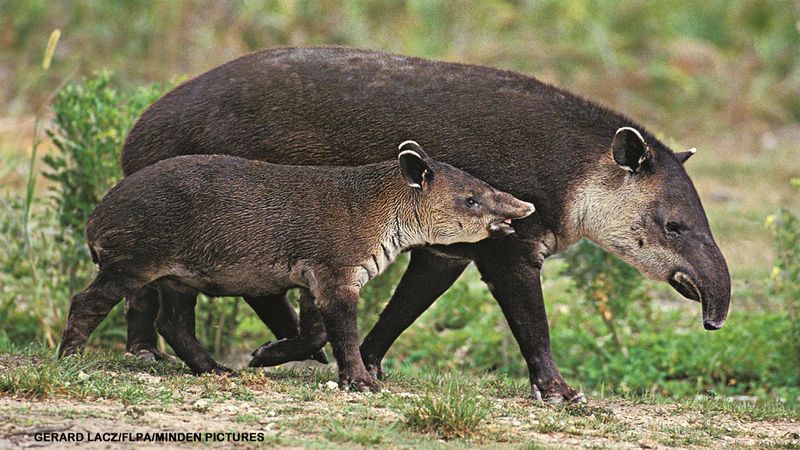
Tapirs are the jungle’s natural navigators, guiding other animals through the complex terrain. Their well-trodden paths offer a roadmap for creatures seeking food or shelter.
As tapirs move through the jungle, they create networks of trails that connect different parts of the ecosystem.
These paths are vital for the survival of many species, ensuring they can find resources and avoid predators.
Tapirs’ navigation skills highlight their importance in sustaining the jungle’s web of life. They show us that sometimes leading quietly is the best way to guide others.
10. Environmental Stabilizers
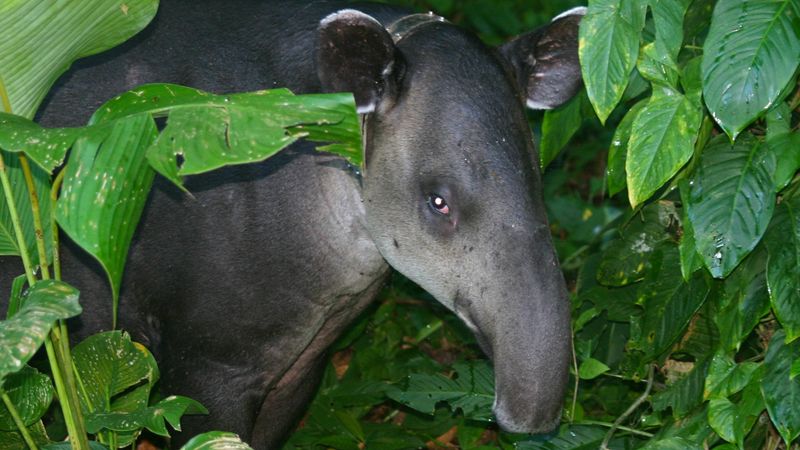
Tapirs serve as environmental stabilizers, contributing to the overall health of the jungle. Their interactions with the ecosystem help to prevent imbalances, ensuring that no single species takes over. Through activities like seed dispersal and nutrient cycling, tapirs keep the jungle’s dynamics in check. They act as a stabilizing force, maintaining the equilibrium necessary for a flourishing environment. Tapirs remind us of the importance of balance in nature, showing how each creature has a role in sustaining the earth’s ecosystems. Their steady presence ensures the jungle thrives.
11. Nature’s Gentle Giants
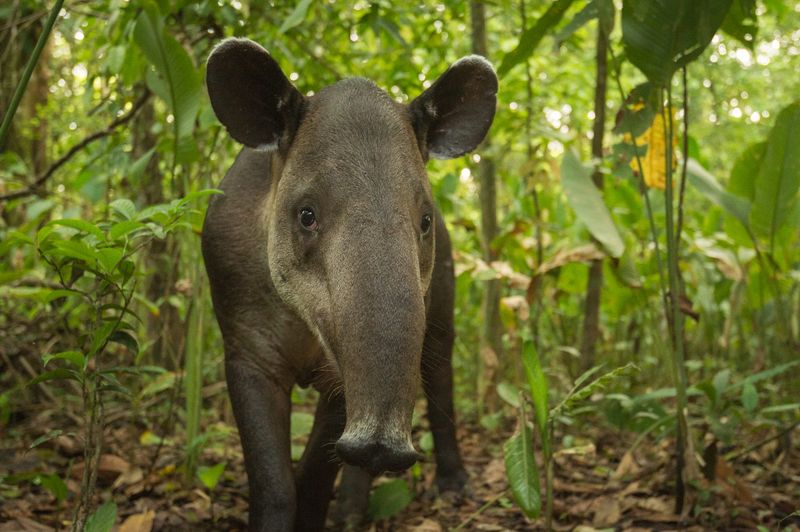
With their distinct appearance and gentle demeanor, tapirs are truly nature’s gentle giants.
They move through the jungle with a quiet grace, leaving a lasting impact on their surroundings. Their role is not just functional but also symbolic, representing the beauty and complexity of nature.
Tapirs’ gentle presence allows them to coexist peacefully with other animals, fostering an environment of mutual respect.
12. Jungle Peacekeepers
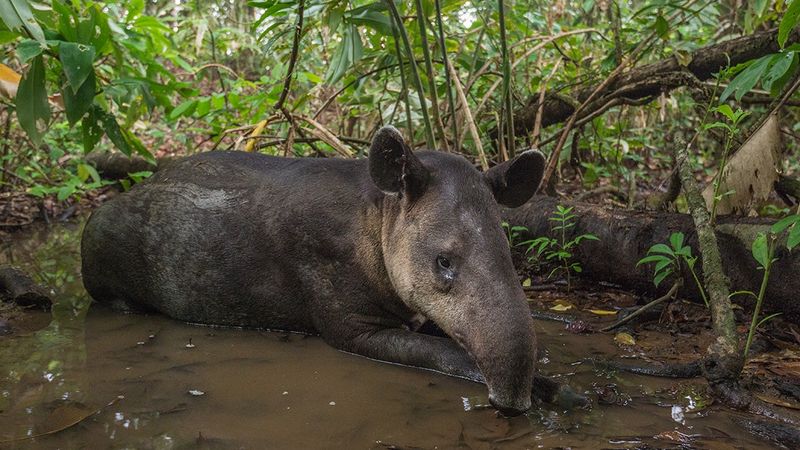
Tapirs act as peacekeepers in the jungle, fostering harmony among different species. Their calm nature and non-aggressive behavior promote peaceful coexistence.
As they move through the forest, they interact with various animals without creating tension. Tapirs’ peaceful presence helps to maintain a stable environment, where diverse species can thrive together.
They teach us the value of living in harmony with our surroundings, emphasizing that cooperation is key to a thriving ecosystem.
Tapirs are a living example of how peace fosters prosperity in the natural world.



